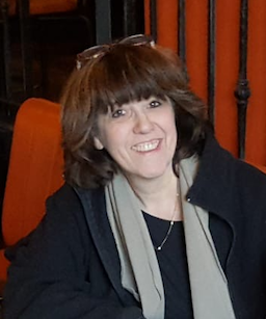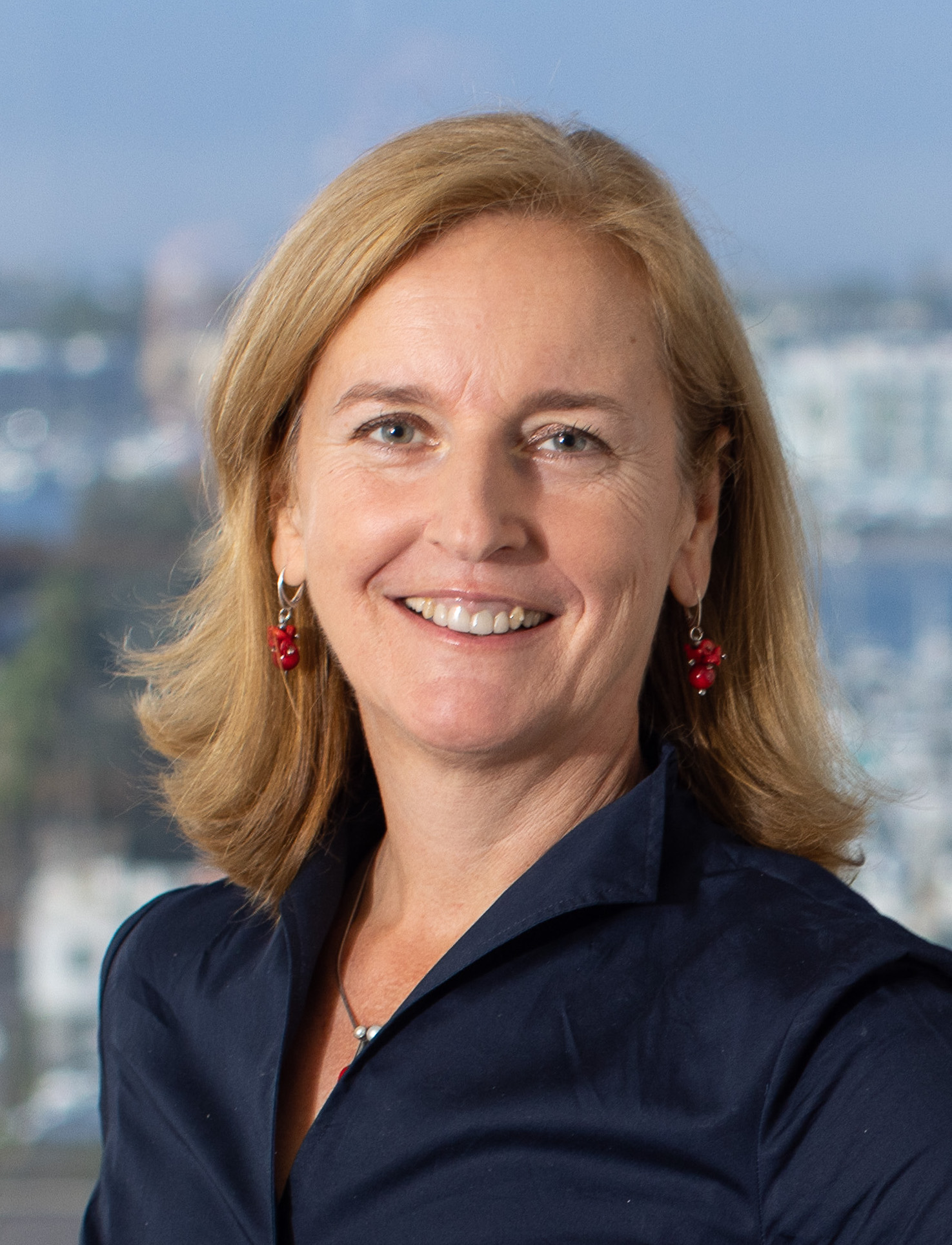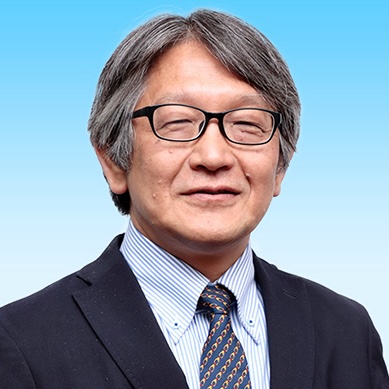Keynotes
AI research in eScience and eScience Infrastructure for AI: Proceed with Deliberation
Wednesday, September 18th, 2024 at 14:00
Session Chair: TBD
 Beth Plale
Beth PlaleIntelligent Systems Engineering, Indiana University Bloomington
I discuss technical advancements of the ICICLE AI Institute in AI for CI for AI in the first 3 years of its existence. The project has raised broader questions beyond technical advancement, driven by its tagline “democratizing AI”. While AI research in eScience and eScience infrastructure for AI is broader than AI for CI for AI, I use the latter as a launching point to discuss democratization in the context of how the eScience community carries out its research. We are unique among research communities, I argue, in that significant measures of success include use of our products by others in the research community. This has been the case for decades, but with AI seeping into every layer of our research ecosystem, we proceed with deliberation.
Bio. Dr. Beth Plale is the Michael A and Laurie Burns Professor of Computer Engineering at Indiana University Bloomington, where she is also the Chairperson of the Department of Intelligent Systems Engineering and the Executive Director of the Pervasive Technology Institute. As a computational scientist Plale’s research interests are in software, hardware, and governance infrastructure for AI, open science, provenance & reproducibility, AI ethics, and data accountability. She is a co-PI of the US National Science Foundation funded Intelligent Cyberinfrastructure for Computation in the Environment (ICICLE) AI Institute and served at the US National Science Foundation (NSF) 2017 -2021.
Plale is the Executive Director of the Research Data Alliance US region (RDA-US) where she advocates for trust and open science in the United States and the engagement of RDA’s international voices in topics of relevance to the US. Plale is one of the original founders of the Research Data Alliance (2013) and served as an inaugural RDA Technical Advisory Board chair.
Plale is a recipient of the US Department of Energy (DOE) Early Career award and is a senior member of ACM and IEEE professional societies.
NASA Earth System Digital Twins: Technology and Prototypes
Thursday, September 19th, 2024 at 09:00
Session Chair: TBD
 Jacqueline Le Moigne
Jacqueline Le MoigneEarth Science Technology Office, Advanced Information Systems Technology
We define an Earth System Digital Twin (or ESDT) as an Information System for Understanding, Forecasting, and Conjecturing the complex interconnections among Earth systems, including anthropomorphic forcings and impacts to humanity.
More specifically, an Earth System Digital Twin is a dynamic and interactive information system that first provides a digital replica of the past and current states of the Earth or Earth system, as accurately and timely as possible (i.e., the “What Now”); second allows for computing forecasts of future states under nominal assumptions and based on the current replica (i.e., the “What Next”); and third offers the capability to investigate many hypothetical scenarios under varying impact assumptions (i.e., the “What If”). The full power of digital twins is that, through an integrated representation and standardized tools and software technologies, the same digital replica can address the needs of multiple users at various resolutions (spatial and temporal) and for various applications (science, economic, policy, etc.) – “from farmer to scientist”.
The challenges of building optimal digital twins are many and complex. In 2020, to study these challenges and to develop the technologies needed to build them, NASA’s Advanced Information Systems Technology (AIST) Program has started a new thrust in Earth System Digital Twins (ESDTs), investigating the benefits of ESDT for NASA Earth Science, studying specific use cases and developing technologies and components as well as a few prototype systems that will help identify building blocks from which future ESDTs will be built. All these various aspects describing NASA ESDT efforts will be presented during the talk.
Bio. Jacqueline Le Moigne is Manager of NASA Science Mission Directorate (SMD) Earth Science Technology Office’s (ESTO) Advanced Information Systems Technology (AIST) Program. The AIST Program focuses on information and software systems as well as novel computer science technologies that enable future Earth Science observations and missions.
Prior to managing AIST, Jacqueline was the Assistant Chief for Technology in the Software Division at NASA Goddard. She was also involved with the Space Technology Mission Directorate (STMD) Space Technology Research Grants Program and with the development of NASA Space Technology Roadmaps. Before joining NASA, she was a Research Scientist with the Computer Vision Laboratory of the University of Maryland. She has also worked in the private sector.
Jacqueline received a Ph.D. in Computer Science from the University Pierre and Marie Curie, Paris, France. Her research interests include Image Registration, Computer Vision, Artificial Intelligence, Autonomous Systems, Distributed Spacecraft Missions (DSM), and Earth System Digital Twins (ESDT), as well as high-performance and onboard computing.
Jacqueline has over 180 publications including more than 30 journal papers and book chapters. She authored an edited book and earned three Patents, all in the area of Image Registration. She has been an Accreditation Board for Engineering and Technology Program Evaluator, a member of the Advisory Panel of the NATO Committee on Science for Peace and Security, an Associate Editor for the IEEE Transactions on Geoscience and Remote Sensing, and a Goddard Senior Fellow. She received a NASA Exceptional Service Medal as well as of the Goddard Information Science and Technology Award, both in 2012.
Artificial Intelligence and the Scientific Lifecycle
Thursday, September 19th, 2024 at 14:00
Session Chair: TBD
 Ewa Deelman
Ewa DeelmanDepartment of Computer Science, University of Southern California
Bio. Ewa Deelman received her Ph.D. in Computer Science from the Rensselaer Polytechnic Institute. Following a postdoc at the UCLA she joined the University of Southern California’s Information Sciences Institute (ISI) in 2000, where she serves as a Research Director and leads the Science Automation Technologies Center. She is also a Research Professor in the USC Computer Science department and a Fellow of AAAS, IEEE, and USC/ISI. Here team explores the interplay between automation and the management of scientific workflows, including performance modeling, scheduling, resource provisioning, provenance tracking, and data management. Dr. Deelman pioneered workflow planning for computations executing in distributed environments, leading to the design and development of the Pegasus Workflow Management software used today in numerous science applications. In 2015, Dr. Deelman received the HPDC Achievement Award for her contributions to the area of scientific workflows and in 2022 she received the Euro-Par Achievement Award for her outstanding contributions to parallel computing.
JHPC quantum project for Quantum-HPC hybrid computing platform
Friday, September 20th, 2024 at 09:00
Session Chair: TBD
 Mitsuhisa Sato
Mitsuhisa SatoDepartment of Computer Science, University of Tsukuba
Bio. Mitsuhisa Sato is Division director of Quantum-HPC hybrid computing platform division in RIKEN Center for Computational Science (R-CCS) since 2023. He was a deputy Director from 2018 to 2024, and the research team leader of programming environment research team from 2010 to 2024 in R-CCS, RIKEN. From 2014 to 2020, he was working as a team leader of architecture development team in FLAGSHIP 2020 project to develop Japanese flagship supercomputer¡¢Fugaku. Since 2023, He is a Professor of Juntendo University and Professor Emeritus of University of Tsukuba.
@eScience
Tweets by eScience
